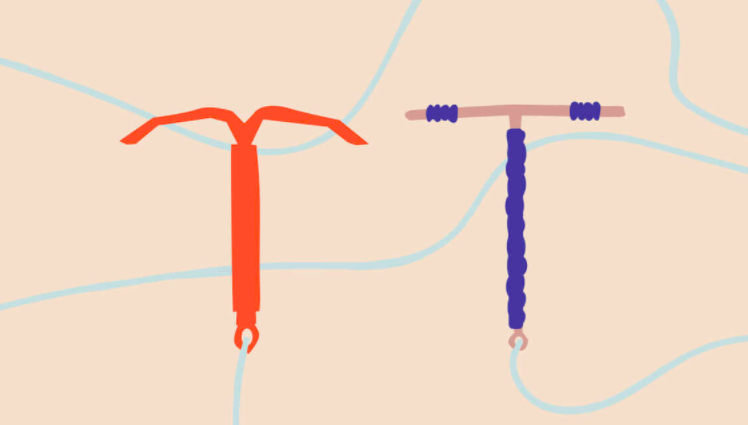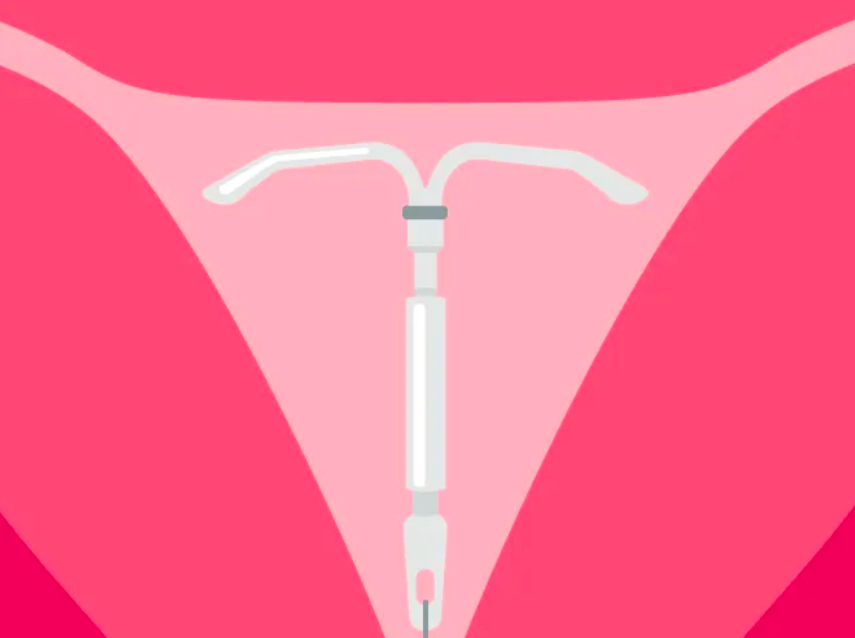how much is an iud without insurance?
Approximately how much does an intrauterine device (IUD) cost?
An intrauterine device (IUD) costs between $0 and $1,300. The good news is that IUDs can be obtained for free or at low cost through many health insurance plans, Medicaid, and other government programs.
IUD prices can also differ depending on the type that you get. The price of an IUD includes medical exam, insertion, and follow-up visits.
Consider contacting your local Planned Parenthood clinic to see if they can recommend a method of birth control that is more affordable.
Where can I get an intrauterine device (IUD) for free or at a low cost?
It’s likely that you can get an intrauterine device (IUD) for free (or at a low cost) if you have health insurance. The Affordable Care Act (also known as “Obamacare”) requires most health insurance plans to cover all planning methods, including the IUD.
Some plans, however, do not cover all brands of devices. Your health insurance provider can tell you which brands are covered. In addition, your doctor may be able to help you get the birth control you want covered by your health insurance.
If you do not have health insurance, there are still options for you. Depending on your income and immigration status in the United States, you may be eligible for Medicaid or other state programs that help you pay for birth control and other health services.
Planned Parenthood offers the services you need, whether you have health insurance or not. Planned Parenthood health centers accept Medicaid and insurance. There are many that will help you cover your expenses based on your income. You can obtain more information by contacting the Planned Parenthood health center nearest you.

Where can I get an intrauterine device (IUD)?
The intrauterine device (IUD) must be inserted by doctors, nurses, or other health care providers. Consult your gynecologist, family planning clinic, or Planned Parenthood health center to learn more about getting a device.
The cost of an IUD without insurance is as follows:
Pre-insertion STD testing: $25-$200
Pregnancy test before insertion: $20 or less
Cost of IUD: $400-$1,000
Cost of insertion/removal: $125-$400
If you don’t have insurance, IUD charges can really add up. There are some offices that perform ultrasounds to ensure that the IUD is placed correctly, which could cost another $100 to $500. For those who cannot afford the steep cost of an IUD, there are other options. Title X Family Planning Program is a national health care program that provides important reproductive health services to those who cannot afford them. Title X clinics offer sliding scale fees for services based on your income.
“If you find a Title X family planning clinic, [an IUD] might be free, depending on your income level,” says Dr. Yen. Most Planned Parenthood clinics are Title X clinics. Academic clinics and FQHCs-Federally Qualified Health Centers-which offer low-cost or free IUD services are other examples of Title X clinics. Find Title X clinics in your area here.
Intrauterine devices (IUDs) are pieces of T-shaped plastic (or copper) that are placed inside the uterus to prevent pregnancy. When used correctly, it is 99 percent effective in preventing pregnancy for several years.
To prevent pregnancy, IUDs (except Paragard) use a hormone similar to naturally-occurring progesterone. All five IUDs can work immediately once they’re placed, and fertility usually returns shortly after removal.
Research the different types of IUDs and consult your doctor about choosing the right IUD for you. You’ll need to consider cost, side effects, and whether hormones are right for you.
We’ll discuss the cost of IUDs, the types available, and the factors to be considered when choosing one.

What is the cost of an IUD?
The Affordable Care Act allows you to get birth control at no cost in most cases, including IUDs.
In some places, you may need to pay extra for the insertion and removal by a healthcare professional.
What if you don’t have insurance?
If you don’t have insurance, you can find a hospital or clinic that participates in the 340B Drug Pricing Program. You can also check out a Planned Parenthood center to see if you can get an IUD for a lower price.
IUDs can cost anywhere from $500 to $1,300 out of pocket.
How do I get an IUD?
In order to get an IUD, you must visit a healthcare professional. An IUD can be implanted by a doctor, nurse practitioner, or other qualified professional.
A primary care office, OB-GYN office, or community clinic, such as Planned Parenthood, can accommodate this appointment. A medical professional will insert the IUD into your vagina, through your cervix, and into your uterus. The procedure takes about 15 minutes.
Frequently asked questions
When does an IUD prevent pregnancy?
You might need to use a backup birth control method after you have an IUD in place, depending on the type.
Mirena, Liletta, and Paragard begin preventing pregnancy immediately.
Kyleena and Skyla start working immediately, but they must be placed within seven days of your last period. During the first 7 days after the insertion, you will need to use another form of birth control if they are inserted outside this window of time.
Is it painful to have an IUD placed?
The cramping and pain that might be associated with placement should go away over time – it’s unique to each person. Ibuprofen or acetaminophen can be taken beforehand to help minimize cramping.
Following the insertion of the IUD, some people feel dizzy or faint. Have someone drive you home if possible. It may be best to take it easy the rest of the day.
Are there any disadvantages to getting an IUD?
Make sure your IUD is still in place by checking it monthly. You could get pregnant if it slips out.
Sexually transmitted infections (STIs) cannot be prevented by IUDs. If you are at a higher risk for an STI, you may want to consider another method of birth control or an additional barrier method.
After placement, your periods may be irregular for the first 6 months, but this usually goes away. Menstrual cramps and heavy periods are possible side effects of the Paragard IUD.
also read
how much does a chiropractor cost without insurance?



